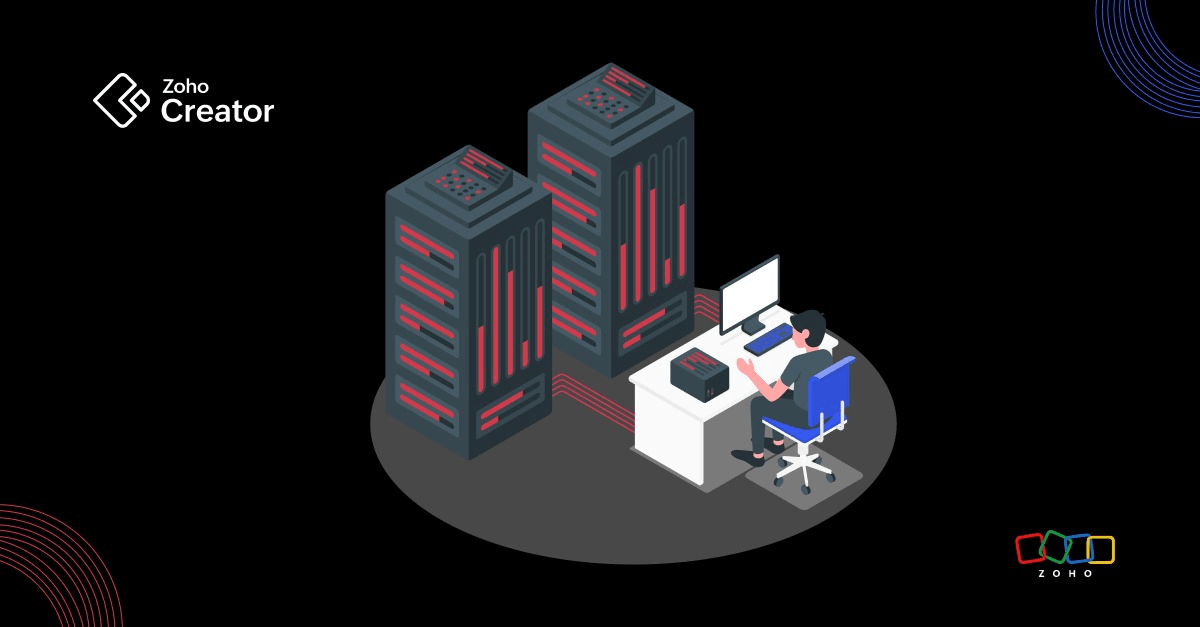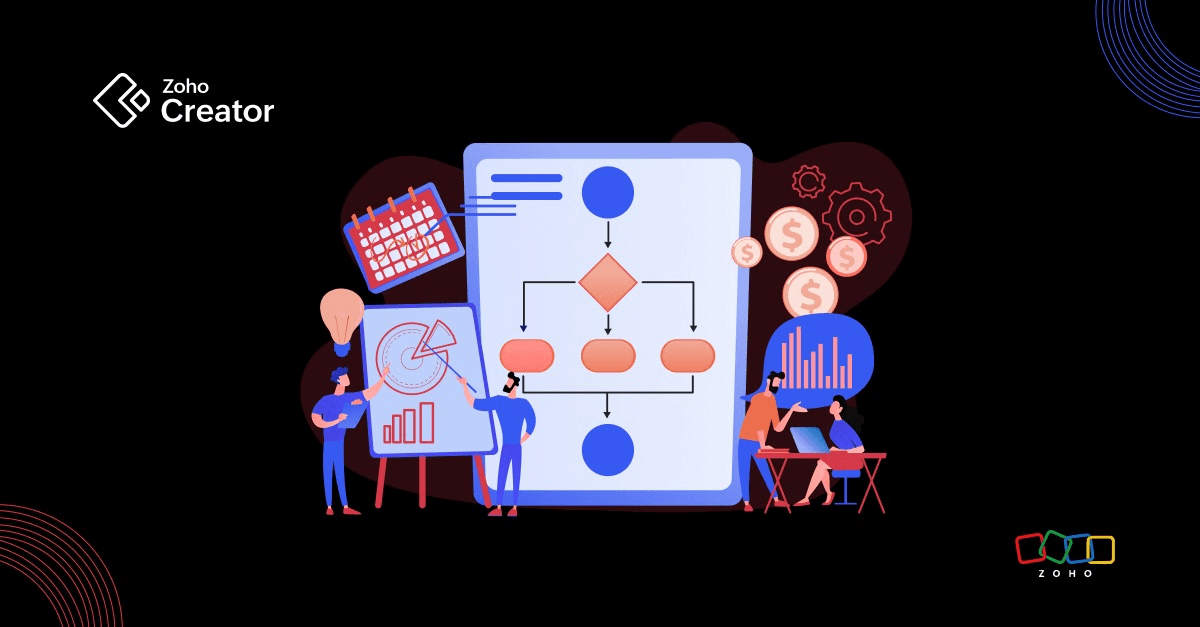- HOME
- Know Your Tech
- Digital process automation: Process transformation and empowerment for better business outcomes
Digital process automation: Process transformation and empowerment for better business outcomes
- Last Updated : April 20, 2023
- 1.2K Views
- 4 Min Read

Digital process automation (DPA) is a hot buzzword today—but does it hold water as an important product category, or more importantly, a significant business priority?
There’s no question the process automation market has become crowded. To understand the importance of DPA, we must answer two questions: what makes a process digital, and how does DPA stand out from the crowd?
Understanding digitalization
The word "digital" is a slippery term. It originally differentiated computing with ones and zeroes from now-obsolete analog computation techniques. Today, however, the meaning has expanded to the point that it threatens to lose its significance.
Digitization, however, still retains this original context, as it represents the conversion of analog information into digital.
Digitalization, in contrast, represents the transformation of processes and roles within the organization, leveraging technology to accomplish it.
DPA focuses on digitalization. It goes beyond simple automation—taking manual steps and instead leveraging technology to execute them—into the area of transformation. In other words, digitalization changes how people work.
DPA represents the natural evolution of the earlier practice of business process management (BPM). While earlier generations of BPM supported process analysts and their efforts to transform processes, BPM as a technology category generally fell short of the sort of end-to-end, cross-application automation necessary to support process automation.
DPA addresses this limitation, empowering people across the organization to digitalize various organizational business processes by creating applications that deliver on the promise of digitalization.
Developing a DPA strategy
CIOs, line of business executives, and other business process leaders in the organization should understand the role DPA technologies play in supporting the overall digitalization of processes across the enterprise.
The most important consideration in developing such a strategy is to understand that DPA focuses as much on process transformation as it does on automation.
Process transformation can lead to straightforward efficiency gains, as it both streamlines existing processes (reducing the number of steps) as well as consolidates processes (reducing the number of processes overall).
Where efficiency gains offer cost reductions, the more strategic benefit of process transformation is delivering better customer value and hence profitability (or achievement of mission priorities in public sector organizations).
To deliver this strategic customer value, it’s important for process transformations to deliver differentiated capabilities, rather than simply delivering on efficiencies that every organization can take advantage of.
Such differentiation, in turn, requires a significant level of customizability among the processes the process transformation team is digitalizing. This team must bring both creativity and a strategic business focus to the table, in order to design and automate processes that will meet this differentiated business need.
Low-code capabilities essential for DPA strategic value
This requirement for differentiated business value requires a level of empowerment that other automation tools (as well as the earlier generation of BPM tools) typically do not offer. The difference is low-code.
Low-code refers to application creation platforms that deliver a user-friendly abstracted interface for building applications that both professional developers and line-of-business "citizen" developers can build applications with. More importantly, low-code platforms also foster collaboration across business and technical teams.
A DPA platform that offers low-code capabilities empowers the process transformation team to build differentiated application capabilities as they create the automations that form the core of the newly digitalized processes.
In other words, low-code is essential for organizations to achieve the differentiated value they require from their digitalization efforts, as it facilitates the creation of digital applications that both meet customer and employee needs while supporting process transformation efforts.
Benefits of low-code-powered DPA software
Greater collaboration between line-of-business users and professional developers is but one of the benefits of low-code-powered DPA.
Such technology also enables citizen developers to largely work on their own, calling upon technical resources only when necessary. As a result, organizations can make progress more quickly, as they don’t have to burden their already overtaxed application development team.
When professional developers find themselves building applications with low-code DPA, they experience accelerated development time and more straightforward testing, as compared to traditional application development techniques.
Deploying the resulting applications is also easier and faster than traditional applications, saving both time and money.
Low-code tooling even provides a framework for building high-quality, modern user interfaces. Given the diversity of devices and other user touchpoints for modern applications, building interfaces that work across this diverse landscape, while still keeping customers and employees happy, is a significant challenge—one that low-code tools can simplify significantly.
The Intellyx take
It was only a few years ago that process transformation, automation, and application development were three generally separate endeavors.
Process analysts handled the transformation, first by drawing diagrams on whiteboards and then eventually transitioning to increasingly sophisticated modeling tools.
Process automation actually centered on task automation—a simpler exercise that modern robotic process automation still favors.
Application development, in turn, was always a difficult, time-consuming task that rarely tackled process-oriented challenges directly.
Today, low-code-enabled DPA has brought these three endeavors together, empowering diverse business and technical teams to create process-oriented applications that support enterprise-wide digitalization requirements.
The winners, of course, are the users—both customers and employees that can take advantage of digitally transformed processes and modern application interfaces to achieve their day-to-day goals as they interact with the modern digital enterprise.
Copyright © Intellyx LLC. Zoho is an Intellyx customer. Intellyx retains final editorial control of this article.
 Jason Bloomberg
Jason BloombergJason Bloomberg is a leading IT industry analyst, author, keynote speaker, and globally recognized expert on multiple disruptive trends in enterprise technology and digital transformation. He is ranked #5 on Thinkers360’s Top 50 Global Thought Leaders and Influencers on Cloud Computing for 2020, among the top nine low-code analysts on the Influencer50 Low-Code50 Study for 2019, #5 on Onalytica’s list of top Digital Transformation influencers for 2018, and #15 on Jax’s list of top DevOps influencers for 2017.



